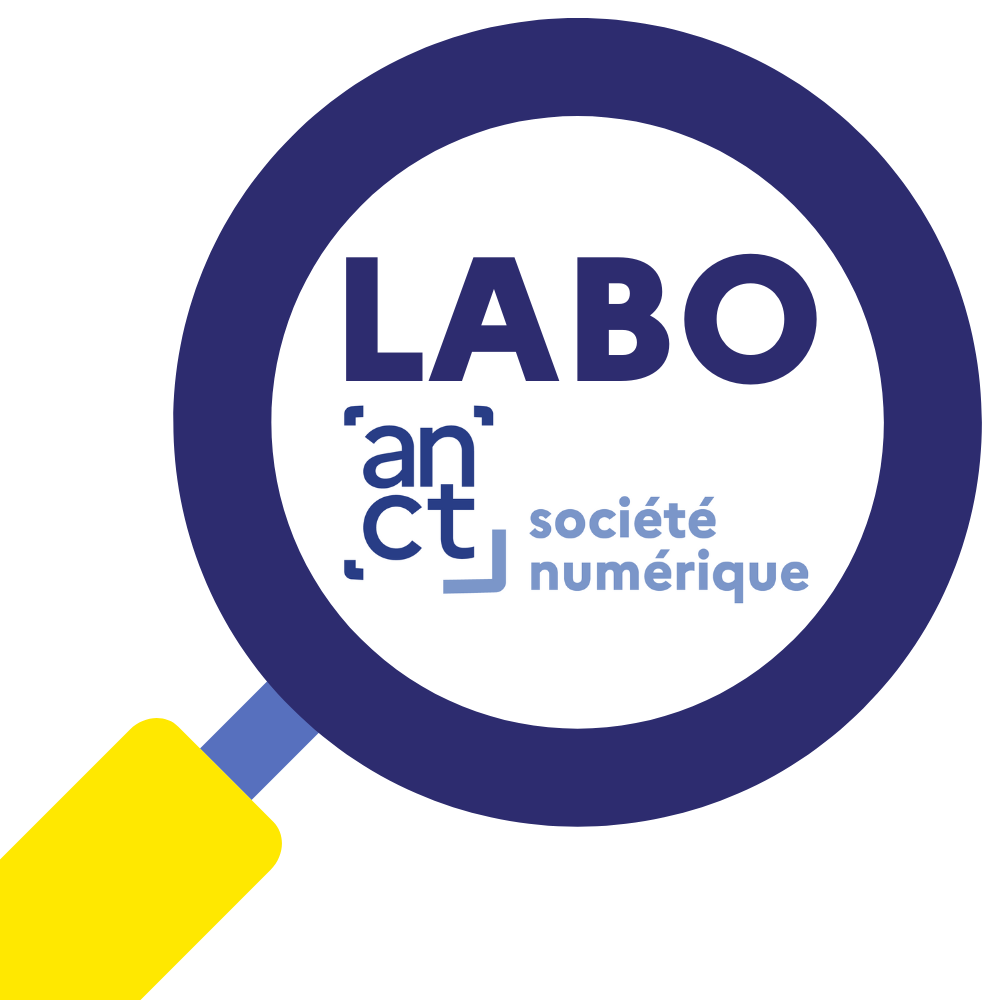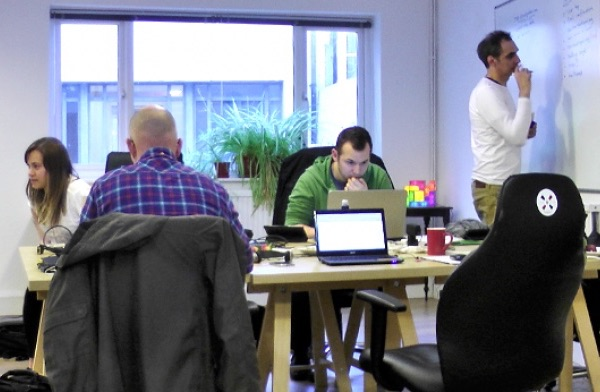Driven by an ambition to revitalize territories, fablabs and co-working spaces are arousing growing interest in rural areas.
In these approaches to the regeneration of rural areas, the third places have a double function of "sensor" (of local initiatives) and "amplifier" (of these same initiatives).
A day to take stock of third places in rural areas
"In the abundance of initiatives launched at all territorial levels, can we decipher efficient models or approaches? How can local authorities stimulate or support the emergence of third places by making this approach part of a strategy for the development and local anchoring of activities?"Based on the analysis and deciphering of experiences undertaken on a national scale, this day, organized by Caisse des Dépôts on June 28, aims to better understand the issues, analyze the functions in the entrepreneurial eco-system, and the different economic and governance models put in place to meet local challenges.
Two MPs to study innovation and the impact of digital technology in rural areas
As part of the government's policy for rural areas and medium-sized towns, two deputies from the Lot and Aveyron, Stéphane Mazars and Aurélien Pradie, have been entrusted by the Prime Minister with a prospective mission to evaluate "the conditions of innovation and the impact of new technologies and digital technology to promote the development of rural areas".The second generation of rural third places
The promotion of coworking in rural areas is driven by an ambition to revitalize territories and town centers. It is based on the concept regenerative ecosystem developed by the Caisse des Dépôts et Consignations.According to Franck Chaigneau, an expert in rural development at the CDC, "the concept is based on the observation that the classic tools of economic development are not adapted to rural contexts. The vision of economic development as seen through the prism of sectors of activity, economic sectors, equipment or infrastructure seems ill-suited to low-density territories. Moreover, the metropolitan approach to innovation, focused on technological issues, concentration of talent and R&D facilities, also seems to exclude rural territories from the classic frameworks of territorial development.
According to Raphaël Besson, Director of Villes Innovations and researcher at the CNRS, third places "in rural areas" should make it possible to bring local services to lifé by welcoming self-employed workers, employees, or neo-ruralists into the centers. They appear as nerve centers to (re)activate the resources of rural territories and anchor new forms of innovation and development, outside of metropolitan contexts. They are conceived by public authorities as new tools for the regeneration of low-density territories.
A first generation of "telecenters" had already seen the light of day in the middle of the 2000s. Through a call for projects in 2005, the DATAR (at the time the DIACT) set a goal of 100 telecenters hosting 1000 jobs by 2007. Localized projects could receive 20,000 euros for four workstations. At the beginning of 2011, 35 telecenters in rural revitalization zones were operational. In 2011, the geographer Bruno Moriset drew up a severe assessment of these telecenters: " nearly half were empty most of the time, more than a quarter were complete flops. ..The creation of these centers was sometimes motivated by the windfall effect, without the elected officials and managers of the communities concerned having a prior vision of telework and digital development of the territory. (Out of 28 telecentres, 10 centers never saw teleworkers, 8 centers received between one and five regular or permanent teleworkers).
In 2011, Bruno Moriset drew a series of lessons from this relative failure: " To be successful, a telecenter must provide self-employed or salaried teleworkers with added value that justifies a move, and the payment of even a modest rent. This added value can be provided in several areas:
- a professional working environment, especially for welcoming customers, and flexible in use (accessible 24 hours a day and 365 days a year for regular users)
- a technical device of a higher level than what teleworkers can expect at home, secure, and able to satisfy companies that employ salaried teleworkers
- activities and services that create conviviality, social ties and networking
The emphasis is now on networking, professionalization, animation, and linking or crossing with other forms of third places, such as public service centers (MSAP), digital public spaces (EPN), or incubators. In Lozère, the Solozère network of third places, co-sponsored by the Maison de l'Emploi et de la Cohésion Sociale and Lozère Développement, offers a range of free services (broadband access, legal support, collaborative tools, etc.): it is based on 13 reception areas (9 of which are attached to Maisons de Service au Public).
Référence :





